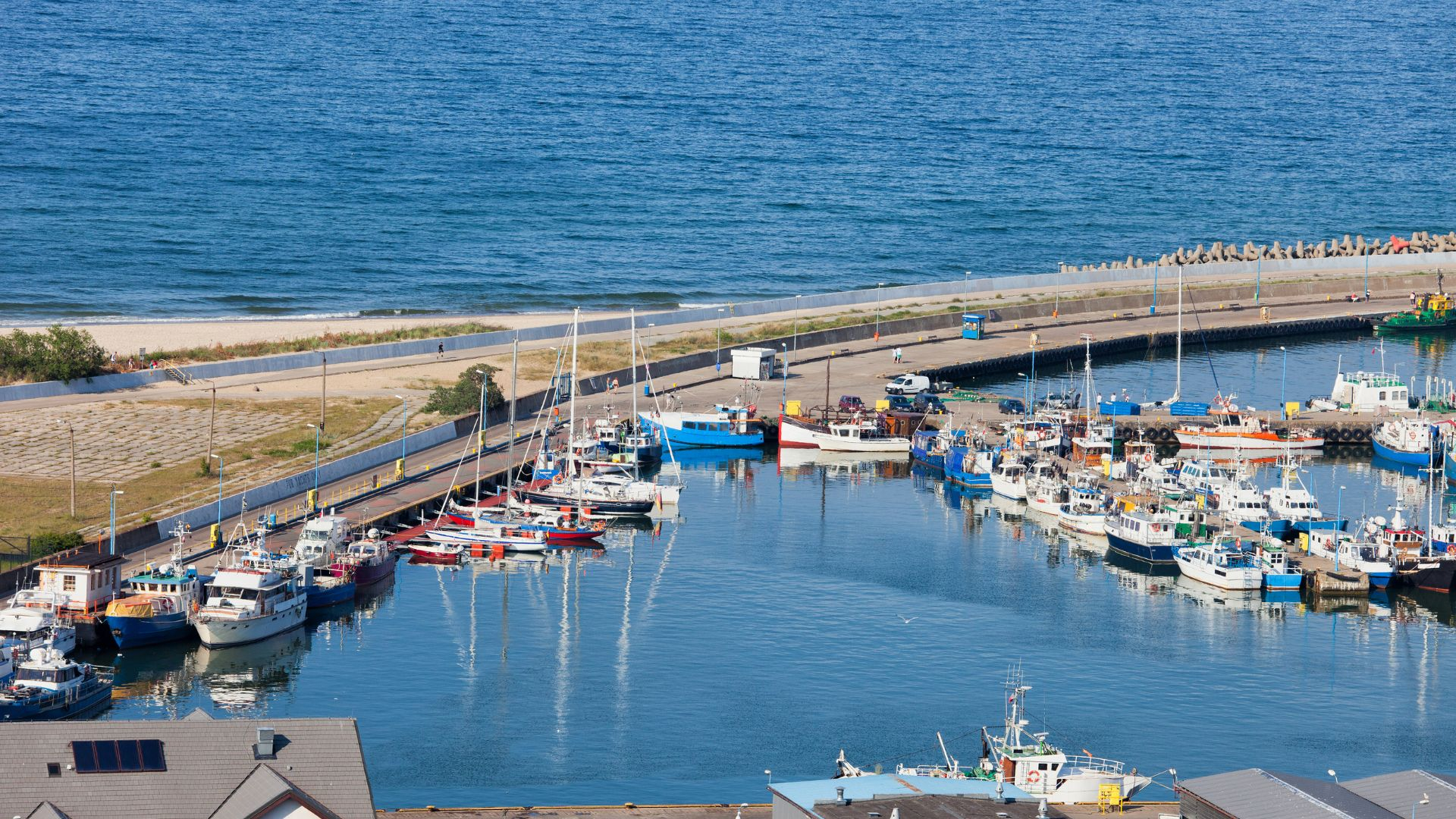Which Are the Key Ports in the Baltic Sea?

Imagine the Baltic Sea as a bustling highway where ports act as critical rest stops for the world's maritime trade. Have you ever wondered which ports in this historic region serve as the beating heart of commerce? These ports are more than just docking points—they're gateways that connect countries and fuel economies.
What Makes the Baltic Sea Ports Significant?
The Baltic Sea region is a hub of activity, known for its strategic location and rich maritime heritage. Connecting Scandinavia, Eastern Europe, and Central Europe, these ports are essential for transporting goods, raw materials, and energy resources. Their modern infrastructure and accessibility make them vital for local and international trade.
Key Baltic Sea Ports You Should Know About
Port of Hamburg, Germany
Often called the "Gateway to the World," the Port of Hamburg is one of the largest and busiest in Europe. It is located along the Elbe River and connects the Baltic region to global trade routes. Hamburg plays a pivotal role in European trade when handling everything from containers to bulk cargo.
Port of Gdańsk, Poland
The Port of Gdańsk stands out as Poland's largest seaport and one of the fastest-growing in the Baltic region. Famous for its deep-water facilities, it is a key point for oil and coal shipments, making it crucial for energy transportation.
Port of St. Petersburg, Russia
As the largest port in Russia's Baltic region, the Port of St. Petersburg is a gateway for goods entering and leaving Russia. Its strategic location near major European markets enhances its importance in global logistics.
Other Major Ports in the Baltic Sea
Port of Copenhagen, Denmark
The Port of Copenhagen is a key player in commercial and passenger traffic. Its proximity to Northern Europe makes it an essential hub for shipping and cruise operations.
Port of Helsinki, Finland
Known as one of the busiest passenger ports in the world, the Port of Helsinki is also a central hub for cargo. Its well-organized operations and efficient services make it a cornerstone of Finnish trade.
Port of Gothenburg, Sweden
As Sweden's largest port, Gothenburg facilitates trade across Scandinavia and beyond. It specializes in handling container and roll-on/roll-off (RoRo) cargo, strengthening its role in the Baltic trade network.
The Role of Baltic Sea Ports in the Economy
The economic contribution of Baltic Sea ports goes beyond trade. They provide employment opportunities, attract investment, and serve as innovation hubs for logistics and maritime technologies. Their strategic importance also bolsters regional security and collaboration among neighbouring countries.
Challenges Faced by Baltic Sea Ports
Environmental Concerns
With the increasing focus on sustainability, Baltic Sea ports are under pressure to minimize their environmental impact. Efforts include reducing emissions, improving waste management, and adopting green technologies.
Infrastructure Development
Many regional ports invest in modernization to handle larger vessels and higher cargo volumes. However, the costs and timelines for such projects can be challenging.
Geopolitical Issues
Tensions among Baltic nations occasionally impact the smooth functioning of trade routes, making cooperation and diplomacy vital for long-term growth.
Future of the Baltic Sea Ports
The future of Baltic Sea ports looks promising as they continue to invest in innovation and sustainability. These advancements, from innovative port technologies to alternative fuels, aim to make the region a leader in efficient and eco-friendly maritime trade.
Baltic Sea ports are more than just logistics hubs—they're the lifeblood of regional and global trade. From Hamburg to Helsinki, each port has a unique role in connecting nations and driving economic growth. As challenges evolve, these ports are stepping up with innovation and sustainability initiatives, ensuring they remain vital for years.
FAQs
1. What are the main ports in the Baltic Sea?
Key ports include Hamburg, Gdańsk, St. Petersburg, Helsinki, Copenhagen, and Gothenburg.
2. Why are Baltic Sea ports important for trade?
They connect major European markets, enabling efficient transportation of goods and energy resources.
3. Which is the busiest port in the Baltic region?
The Port of Hamburg is the busiest, often called the "Gateway to the World."
4. What challenges do Baltic Sea ports face?
They face environmental concerns, infrastructure demands, and geopolitical tensions impacting operations.
5. How are Baltic Sea ports improving sustainability?
Ports are adopting green technologies, reducing emissions, and improving waste management to enhance sustainability.
- Ausbildung
- Kurs
- Books
- Drawing
- Fragen
- Film
- Fitness
- Food
- Spiele
- Gardening
- Health
- Startseite
- Literature
- Music
- Networking
- Andere
- Programming
- Religion
- Shopping
- Sports
- Curriculm
- Wellness


